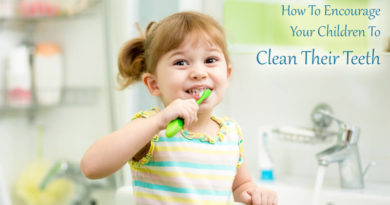Make Your Own Building Blocks: Ideas for Homemade Toys
Blocks are an important part of a childs playtime and any early childhood or home setting should have blocks for playtime. It is best if the blocks are kept on low shelving and adequate floor space should also be provided. Blocks should be lightweight and without sharp corners because tall constructions are going to fall, in fact, many children enjoy knocking down what they have created.
In the early stages of a childs development block play may be a tactile experience only, such as a child holding or carrying a block around but doing nothing with it. At this stage blocks should be sturdy but lightweight materials so that it can not be broken apart (like Styrofoam) or with small and removable parts (young children will invariably put objects in their mouth and some blocks may be a choking hazard). The next stage is when a child starts to make simple stacked constructions that are nothing more than horizontal or vertical rows. These simple constructions will progress into stacking boxes with spaces between them (in a brick pattern) and then finally to more complex constructions with no spaces in between. Finally, a child will make specific constructions such as a fort, castle or a house. Often these constructions will have names and be modeled after buildings they haven seen in real life.
Everything a child does in playtime is part of their development. Block play helps a child to:
1) deal effectively with their environment through the use of constructive material;
2) explore all the possibilities that are offered through different textures, shapes, colors, rhythms, patterns and designs;
3) re-enact, review, rehearse or play out their past experiences.
Building blocks are an integral part of a childs play and development but they do not have to be costly. With a little imagination and ingenuity household objects can make for some interesting block play.
Paper Bags: Save paper bags from your next grocery shopping trip, or purchase smaller lunch-sized bags. The bags can be decorated with crayons, markers, paint or stickers. Stuff the bags with old newspapers or packing peanuts approximately ¾ of the way full. Pinch the bag closed, fold the top edge down and secure with tape. Paper bags come in many sizes but different sizes can also be made by filling the bags to different levels.
Sponges: Sponges come in a variety of shapes and sizes from small kitchen sponges to the larger peanut-shaped car sponges. They also require no preparation but can be played with immediately. Sponges are lightweight and have no sharp edges to worry about; however they may break apart if a child chooses to chew on one. Sponges can also be cut into different shapes such as triangles, arches, circles and pentagons. With a permanent marker children can draw on the sponges to make them look like windows, eyes, doors or anything else they can imagine.
Cardboard boxes or tubes: Children love cardboard boxes and often prefer them to the toys that were inside. They come in a variety of sizes and shapes and the lids or flaps add for some extra fun and creativity. Boxes can also be decorated with paints, stickers, crayons or markers. Empty food boxes can also make great building blocks. Save cereal, pudding and other cardboard food boxes. Tape the ends shut for instant blocks. Cardboard tubes from paper towels and toilet paper can also be used for cylinder blocks.


